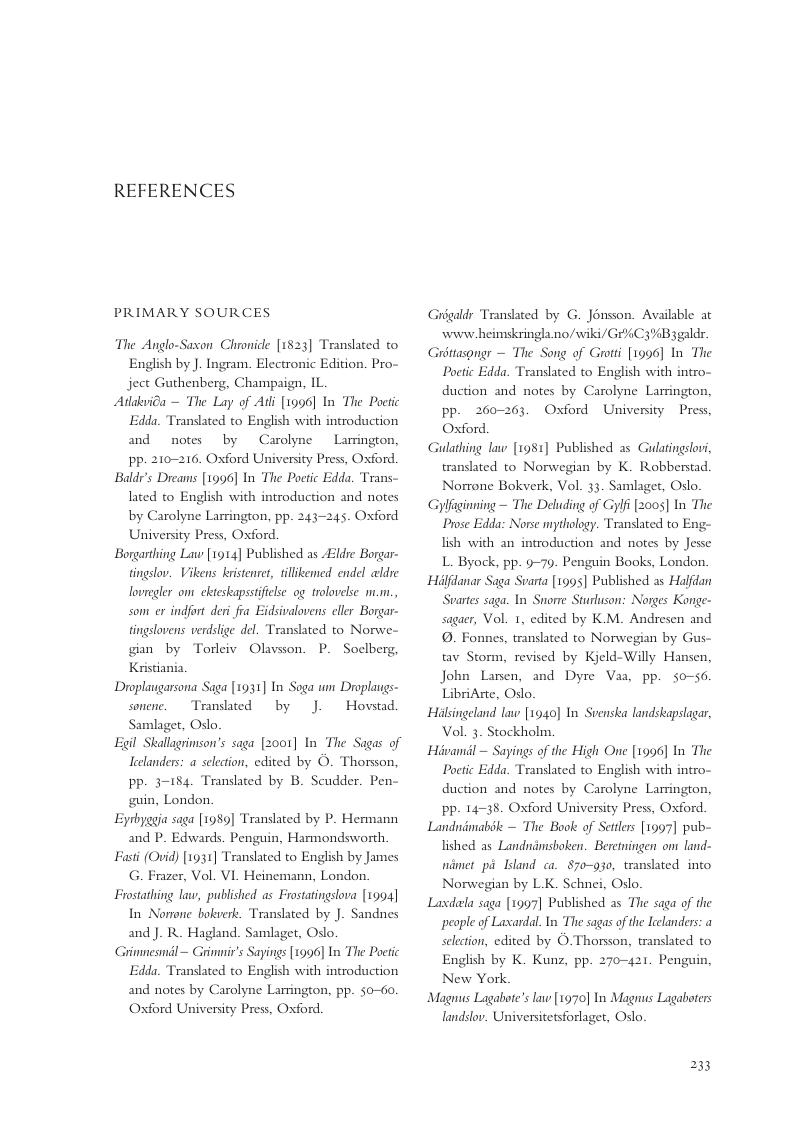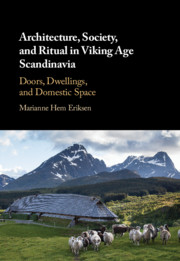Book contents
- Architecture, Society, and Ritual in Viking Age Scandinavia
- Architecture, Society, and Ritual in Viking Age Scandinavia
- Copyright page
- Epigraph
- Dedication
- Contents
- Figures
- Preface
- Part I Opening Doors to the Viking Age
- Part II Ordering Settlements and Landscapes
- Part III Ritual Objects, Ritual Spaces
- Appendix House Sites from Late Iron Age Norway
- References
- Endnotes
- Index
- References
References
Published online by Cambridge University Press: 26 February 2019
- Architecture, Society, and Ritual in Viking Age Scandinavia
- Architecture, Society, and Ritual in Viking Age Scandinavia
- Copyright page
- Epigraph
- Dedication
- Contents
- Figures
- Preface
- Part I Opening Doors to the Viking Age
- Part II Ordering Settlements and Landscapes
- Part III Ritual Objects, Ritual Spaces
- Appendix House Sites from Late Iron Age Norway
- References
- Endnotes
- Index
- References
Summary

- Type
- Chapter
- Information
- Architecture, Society, and Ritual in Viking Age ScandinaviaDoors, Dwellings, and Domestic Space, pp. 233 - 264Publisher: Cambridge University PressPrint publication year: 2019



